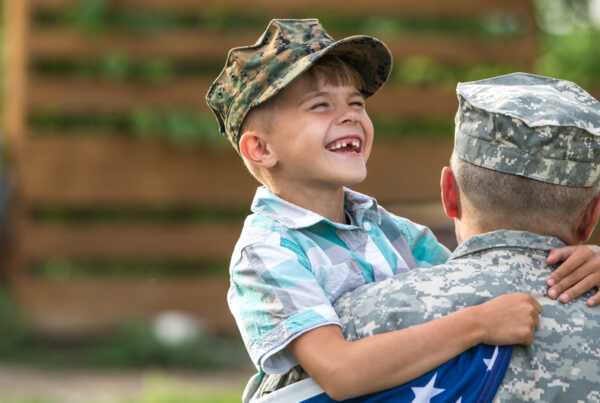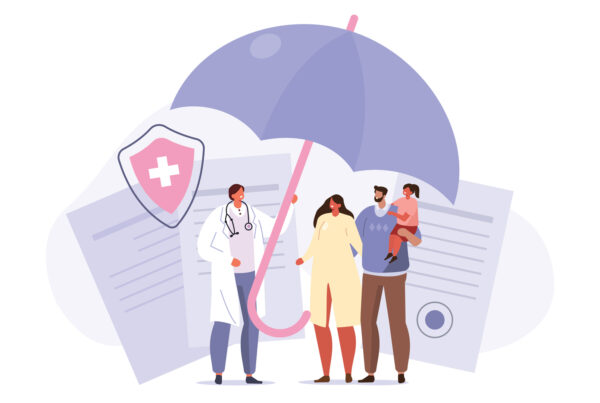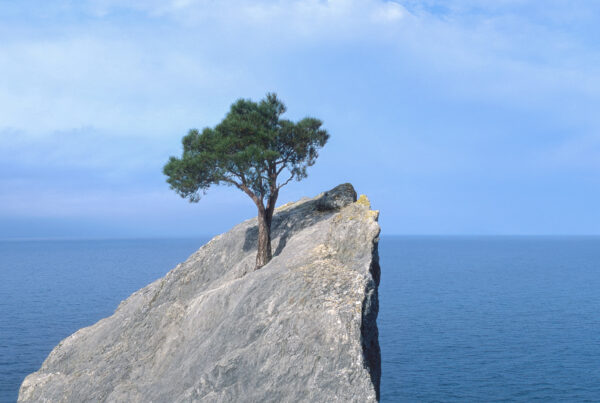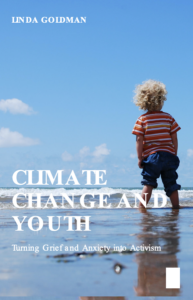
In the continuing discussion of talking to kids about climate change, the idea that children are too young to discuss issues about the world they live in is indeed replaced with words to use and ways to dialogue.
Part 1(Healing Magazine, Fall/Winter 2021) suggested tools for conversation on key climate change matters that invite children to share feelings and participate in caring for Mother Earth (https://www.healingmagazine.org/talking-to-kids-about-climate-change-part-1/).
In Part 2, Goldman expands on these strategies and explores age-appropriate approaches to climate change challenges through discussion, activities, and action at different stages of development in a respectful and meaningful way.
Adapted from Climate Change and Youth: Turning depression and anxiety into activism. 2022. Routledge. www.grievingchildren.net
————————————————
Developmental Understand
Many youths of Generation Alpha (2011 to present), Generation Z (1996-2010), and Millennials (1981-1996) feel an enormous burden that is up to them to save the planet. This burden of savior is reflected by activists of all ages. They are inspired to action through movements such as Fridaysforfuture and global strikes. We must instill the idea that adults are listening to their pleas for the planet and joining them in action.
Luna is an eight-year-old that exemplifies the charge of Generation Alpha. Her artwork embodies her profound goal of rescuing Earth from catastrophe, as illustrated in her collage, Save the Earth.
Figure 1. (See below) Save the Earth Goldman, 2022
The second image is a self-portrait, where Luna expressed her feelings in Spanish. “Quiero salvar la tierra”, translated as “I want to save the Earth.” Luna drew herself as a superhero, like so many children who feel their purpose is to rescue the planet.
Figure 2: (See below) Superhero Goldman, 2022
Very Young Children
Preschoolers may not be able to absorb abstract concepts surrounding deforestation or fossil fuels, but they can acquire a love of nature. Taking a hike, relaxing in a hammock, looking at the night sky, and watching the changing seasons are initial steps to solidify a deep connection with nature. Youngsters can plant flowers, and make sure they have water and sunlight. Caring for pets by feeding them and giving hugs helps kids realize all living things – people, animals, and plants – need love and care to grow.
Adults can model and reinforce helpful actions. Thanking a preschooler for turning off lights, or picking up trash, highlights the concept of caring for the environment. Anthony, age 5, came home from school and begged his dad to compost. “Don’t worry,” he told his father. “I’ll explain everything to you, so you know how to do it. I’ll be in charge of the project!”
Elementary and Middle School
Discussions can begin with dispelling climate change myths and then building developmentally appropriate concepts. The blanket analogy imagery is helpful in explaining global warming.
“Our world is protected by a layer surrounding the Earth, like a blanket that keeps it at just the right temperature. With global warming, there are more and more blankets being put around the Earth. We can’t just toss them off. So, we’re figuring out how to change back to the right kind and number of blankets (Gurwitch in Shinn, 2021).”
This discussion can extend to personal choice, action, and the idea of everyone working together for a healthy planet. Suggestions include turning off water and lights, not using plastic straws, recycling, riding bikes instead of using cars, and even joining the Meatless Mondays Movement in many school cafeterias.
Riordan, wrote a letter in third grade to a nearby restaurant, with a plea to stop using plastic straws because it hurts the turtles. The owner read his letter and did agree to stop.
Figure 3: (See below) The Letter Goldman, 2022
Aria Jolie, Generation Z, is a young climate activist who wanted to help save bees. Her grandfather joined her in a bee project. The following image portrays Aria’s joy as a junior beekeeper being a part of the solution.
Figure 4: (See below) The Beekeeper Goldman, 2022
High school and young adult
“You have stolen my dreams and my childhood with your empty words.” -Greta Thunberg UN Climate Summit, NY, September 2019 (Davis, 2019)
By the time young people reach high school, they have gained a wealth of knowledge about eco-anxiety and depression. Developmentally, this age group also seeks peers for support. Many become activists and educators. Time Magazine’s Person of the Year (Felsenthatl, 2019), Greta Thunberg, has carried the torch for her generation, speaking out on the urgent need to meet climate challenges. Like Greta, many other youngsters have become spokespeople for disseminating information and educating all generations. Validating their intelligence and passion is paramount in any climate change conversation.
Young people feel despair about not being heard, anger about apathy, and hopelessness because they perceive a frightening future. Engage youngsters on these feelings. Ask why they are afraid, and what actions can be taken together to create change and hope. Examples of slogans carried by youth protestors are: You will die of old age; we will die of climate change. No intelligent species would destroy their only home and planet.
Elena, a young college student, expressed her love for the beauty of the planet and the creatures that inhabit Earth through artwork. She was inspired to paint a lovely turtle and explained her drawing.
After seeing the ways that human interference has affected the turtles, like our use of plastic straws that often find themselves in the ocean, I was driven to create something that advocates for turtles. They don’t have a voice themselves! -Elena, Age 19
Figure 5: (See below) The Turtle Goldman, 2022
Generation Z Hank Greeves, a senior at Bethesda Chevy Chase High School (B-CC), shared goals of the High School Environmental Science Club. Its mission is to impact students by educating, creating posters, lobbying, cleaning the environment, and initiating projects. The tree project involved the objective of planting 240 trees to offset the impact of the school’s paper usage. The outcome was quite a success. Hank explains he wants to leave high school with a framework for action surrounding climate challenges.
“Before I graduate this year, I want to write a letter to anyone that will read it – stressing the ideas and projects created by the club, and the ability we all have to continue these activities in future years.
We did the paper project to show we don’t need to use so much paper, and we can make up for all the paper used. People need to be asked, ‘How can you do your part?’ I want to leave the school with a legacy of power and the idea that we are ultimately here to do something (Goldman, 2022)!”
Figure 6: (See below) Nature Photo by Arya Pradity on Unsplash
Conclusion
Our youth are inundated with the message, “It is up to you to save the planet.” This message carries an enormous burden for all kids. It is a youth mandate impossible to achieve. Too many youngsters have internalized this dictate, often manifesting eco-anxiety and climate depression. Children are comforted in discussion not by fear, but by hope through action. Young people need to know adults will join them to work towards healthy lives and a healthy planet.
“By honoring nature, the Earth, and the ever-evolving environment, we can convey a unity of purpose and a safe future for our children. We inspire this safety by communicating through dialogue that youth are not personally responsible for the planet; but rather it is a community, national, and global responsibility.” – Linda Goldman, Climate Change and Youth, 2022
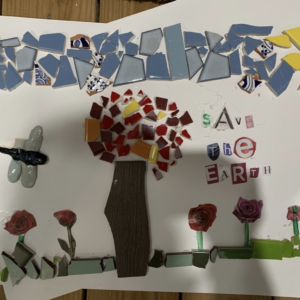
Figure 1. Save the Earth Goldman, 2022
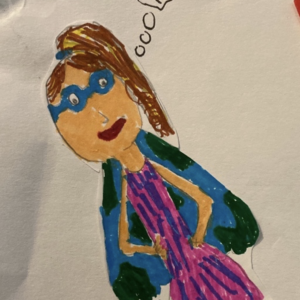
Figure 2: Superhero Goldman, 2022
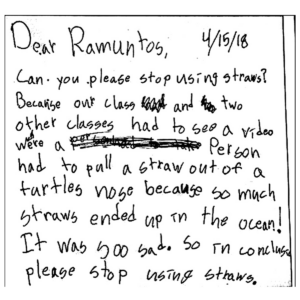
Figure 3: The Letter Goldman, 2022
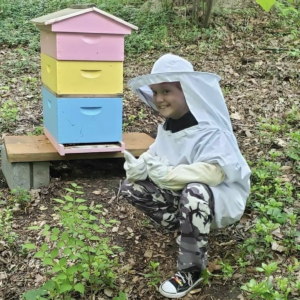
Figure 4: The Beekeeper Goldman, 2022
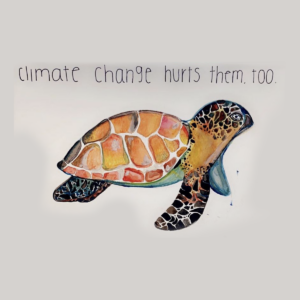
Figure 5: The Turtle Goldman, 2022
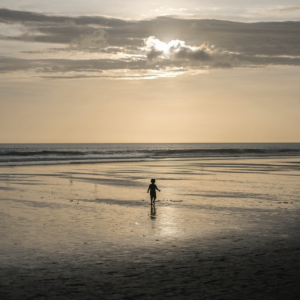
Figure 6: Nature Photo by Arya Pradity on Unsplash
References
Davies, Paul. June 2, 2019. 29 of Greta Thunberg’s Best Quotes. Curious Earth.
https://www.curious.earth/blog/greta-thunberg-quotes-best-21
Felsenthal, Edward. 2019. Person of The Year: The Choice. Time Magazine. Vol 194, NOS,. Pp. 48-50.
Goldman, Linda. 2022. Climate Change and Youth: Turning anxiety and depression into activism. New York: Routledge. https://smile.amazon.com/Climate-Change-Youth-Turning-Activism/dp/0367494531/ref=tmm_pap_swatch_0?_encoding=UTF8&qid=1649771920&sr=8-1
Shinn, Lora. December 31, 2019. Your Guide to Talking with Kids of All Ages about Climate Change. NRDC. https://www.nrdc.org/stories/your-guide-talking-kids-all-ages-about-climate-change
Suggestions for Further Education on Climate Change
For Adults
Gold, Lorna. 2018. Climate Generation: Awakening to Our Children’s Future. Veritas Pub.
Goldman, Linda. In-press 2022. Climate Change and Youth: Turning anxiety and depression into activism. NY: Routledge.
Reimers, Fernando. 2017. Empowering Students to Improve the World in Sixty Lessons. Create Space Independent Publishing Platform.
For Children
Alexander, Kate. 2020. Generation Brave. Ages 11& up.
Clinton, Chelsea. 2015. It’s Your World. New York: Puffin Books. Teens and up.
Herman, Gail. (2018). What is Climate Change? Ages 11 and up.
Parr, Todd. 2010. The Earth Book. Ages 3-6.
Sayre, April. (2018). Thank You, Earth: A Love Letter to Our Planet. All ages.
United Nations. 2019. Frieda makes a Difference: The Sustainable Development Goals and How You Too Can Change the World. Ages 5-10.




